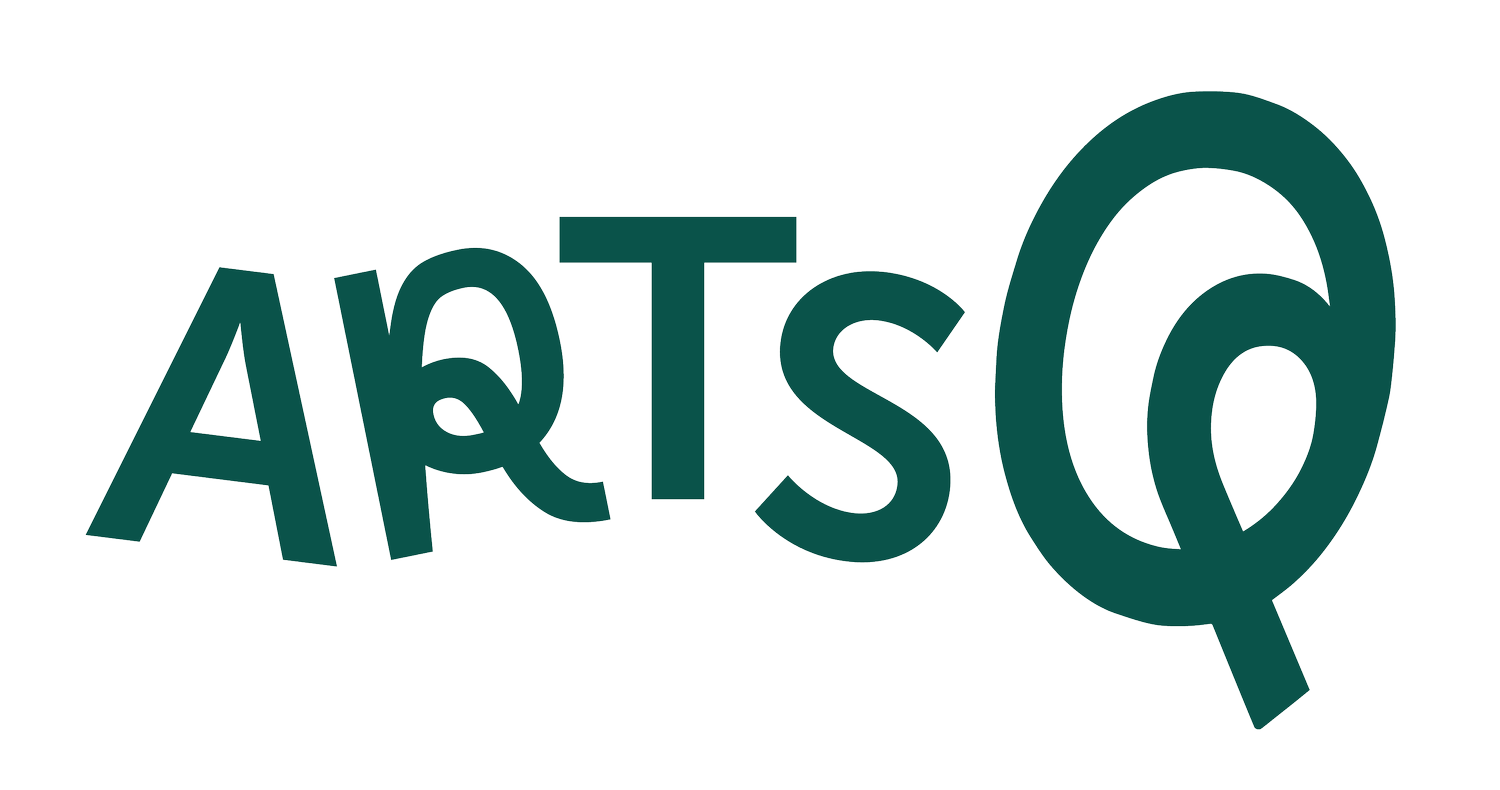Medieval Visigothic eagle brooches (fibulae)
Join us as we uncover and explore medieval brooches (fibulae) from Visigothic Spain, shedding light on the intricate jewelry of the Middle Ages. These two eagle fibulae are in the Walters Art Museum in Baltimore, Maryland.
Ever needed a pin to keep your clothes in place? Imagine if that pin was made of shiny gold and decorated with colorful gemstones and glass! This video looks at special pins called fibulae, which were used thousands of years ago. Some, shaped like eagles, were created by the Visigoths, a Germanic tribe that played a role in the fall of Rome.
The Visigoths moved around a lot and needed portable items like fibulae. High-status individuals used fibulae to decorate their clothes and show off their wealth. All those sparkling gemstones would have dazzled anyone’s eyes. These eagle-shaped fibulae are fascinating, featuring an eagle viewed from the side with one eye, wings spread, and long tail feathers. Artists added stones and glass, creating dazzling patterns with red garnets, blue glass, green glass, and purple amethyst, all surrounded by shiny gold.
The eagle’s decoration resembles a patterned carpet or textile, with each stone and glass piece cut and polished to fit into a grid outlined by gold, a technique called cloisonné. When worn, these fibulae sparkled in the sunlight. Loops at the bottom might have held more stones, adding movement.
The eagle, a symbol of strength and power, held significant meaning for both the Romans and the Visigoths. The circular motif at the eagle’s center, possibly representing the sun, a symbol of power and warmth, further enhances the fibulae's allure. As the Roman Empire embraced Christianity, the eagle also came to symbolize St. John, one of Jesus's disciples, adding an intriguing layer of meaning to these ancient artifacts.
Discovered in a Spanish burial site, these 6th-century fibulae are not just artifacts, but windows into cultural and religious transformations. They provide us with invaluable insights into the Visigoths, their way of life, and their influence on our contemporary use of jewelry to convey identity and heritage.
Join art historian Lauren Kilroy-Ewbank at ARTSQ to learn more about these amazing examples of medieval jewelry!
